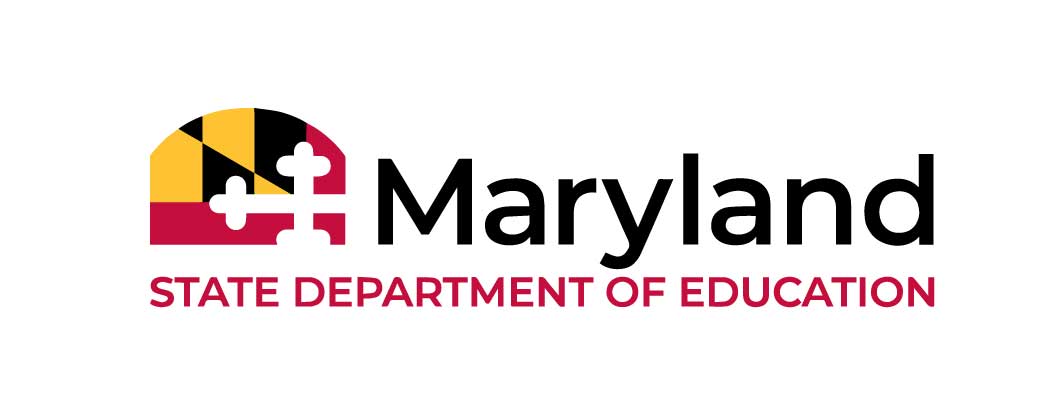Transition Talks: Secondary Transition for Blind/Visually Impaired Students

Secondary Transition is a process of preparing young adults for a meaningful and rich life after high school that includes employment, education/training and independent living. The transition from high school to adult life presents unique challenges for students with visual impairments (SWVI), including blindness. Blind/low vision students represent only 0.05% of all school age students. That means for every 10,000 students, only five will have an IEP with visual impairment, including blindness as the primary disability (Davis, 2021) (NCES, 2020). Due to the low incidence of this disability, many teachers and other stakeholders in the transition process are often unaware of challenges the student will face as well as the transition services/activities and agency supports necessary to create a seamless transition to adult life.
Self-advocacy and assistive technology are necessary in all environments and are critical skills needed for the postsecondary success of SWVI. The National Longitudinal Transition Study -2(NLTS2) data show that significant relationships have been found between self-advocacy, assistive technology, postsecondary education enrollment and paid work (Wolffe & Kelly, 2011). Using assistive technology gives SWVIs access to materials and resources that lead to independence that promotes academic and vocational success. (Wolffe & Kelly, 2011; Zhou et al., 2013).
SWVI need to be supported as they deal with unique challenges along with the broad spectrum of secondary transition activities. Transition-age blind/low vision students need “a balance of skills training and self-efficacy building practices” (Goodwyn, et al, n.d.). Research shows that educators, mentors, and blind/low vision role models can help increase postschool outcomes as well as parental expectations and engagement. (Houri, et al, 2019).
Spotlight
The Bridges Helpdesk
The Bridges Helpdesk is a free statewide site for blind/low vision secondary transition age students, families, and educators in Maryland to help navigate the journey through high school to adulthood. This site provides access to accurate and up-to-date information and resources tailored to individual needs, as well as guidance from experts in the field. Dedicated blind adults and blindness education specialists are available to provide thorough and helpful answers to questions and concerns from all stakeholders to support meaningful, student-centered transitions.
Stakeholders utilize the Bridges Helpdesk to assist students directly in a variety of ways. For example, a student who contacted the Helpdesk for support with an inaccessible school assignment found that not only did they receive help with that request, but also learned how those resources and tools may meet future needs. Students and families often request assistance with understanding the application process and documentation necessary for obtaining a State Identification Card, Social Security benefits, and accommodations in college and the workplace. Teachers frequently use the Helpdesk to request information about assistive technology that will support their students, as well as assistance documenting the accessibility of educational software and platforms.
Questions to Consider
- What are secondary transition challenges our blind/low vision students and families face?
- Do we have the resources, knowledge and skills to prepare SWVI for adult life?



